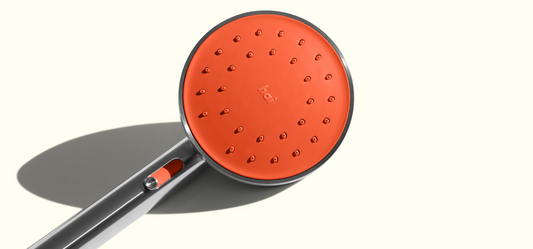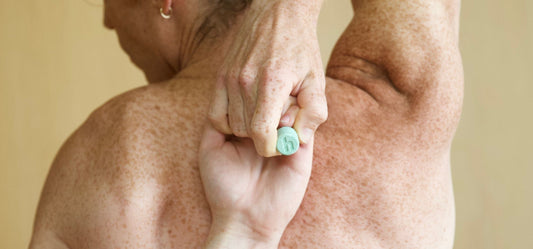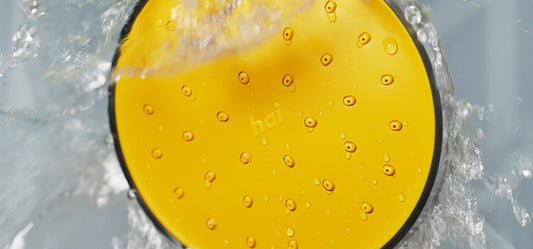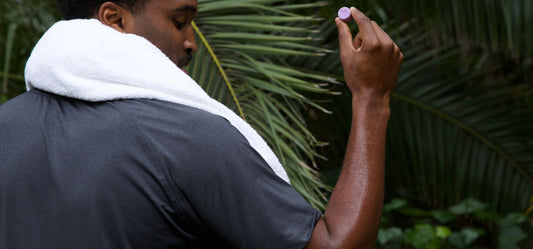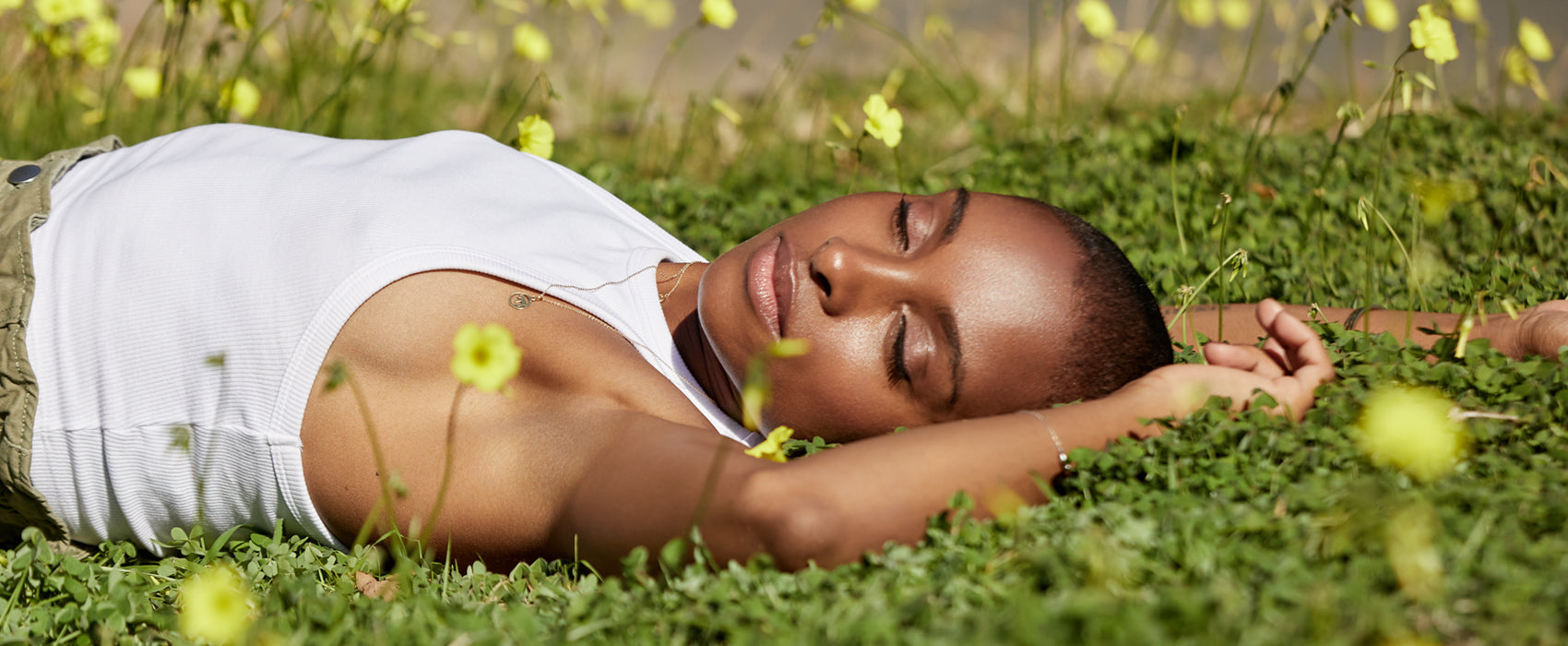Water-saving technologies you should start using in 2023
Water shortages and other limited resources are an unfortunate reality of our world today. And while plentiful water flowing from your faucet makes it easy to feel like we’ll always have enough water, the truth is scientists, engineers and policymakers regularly have to grapple with water shortage concerns.
Water scarcity affects many countries around the globe — in both rural and urban areas. In the U.S., Southern California faces huge water challenges because of its dry, subtropical climate, mild-to-hot temperatures, and limited rainfall. Today, more than half of Southern California’s water supply comes all from Colorado, which faces water challenges of its own.
Thankfully, water-saving technologies are becoming more prevalent and affordable, giving us all new ways to save water. Many have the bonus of saving energy. You can improve your eco-footprint while reducing costs. Check out these water conservation technologies for simpler water conservation at home.

1. Rain sensor shut off devices.
What could be more sustainable than watering your yard with rain? But unless you live somewhere with ample annual rainfall like Seattle, you probably need to rely on a sprinkler system to keep your yard green. Unfortunately, lawn care is a huge source of wasted water.
That’s where water-saving technologies come in.
Rain sensors shut off devices automatically turn off your sprinkler system when they detect enough moisture. These water-saving sensors make it easy to save money on your water bill, improve the health of your plants and live a little greener.
Water conservation tip:
Assess the placement of your sprinkler heads to maximize coverage and minimize waste. The next time your sprinkler is on, make sure no two sprinkler heads are too close to each other — or any pavement. If any are, you're needlessly wasting water.

2. Touchless kitchen faucets.
Washing your hands with a touch-free faucet in your kitchen sink feels luxurious but it also comes with lots of practical benefits. Touchless faucets are a big win for hygiene because they help avoid messy situations and cross-contamination during cooking projects.
Just wave to turn the water on when your hands need cleaning and wave again when you’re ready to move on to something else. Touchless faucets can be programmed to maintain the same temperature too. And even though they feel fancy, touchless kitchen faucets and soap dispensers are available at a wide range of price points.
Most importantly, they also help reduce water waste. But back to the water savings: those mini moments between manually turning off the faucet add up. Lower your water flow and utility bills while doing good for the planet.
Water conservation tip:
Reduce your water flow even more by plugging the kitchen sink while you wash your hands. You can use that extra water to wet down dishes before putting them in the dishwasher.

3. hai smart shower heads.
Shrink your carbon footprint with a planet friendly, water-saving hai smart shower head. Choose between our full-flow, 2.5-gallons-per-minute (GPM) shower head or our low-flow showerhead, a WaterSense-certified, 1.8-GPM design. hai's advanced technology makes conserving water during showers easy and fun! Plus, it fits seamlessly into your smart home.
Eco-efficient shower heads help you save precious water and energy, but hai takes things even further by empowering you to change your habits. hai is Bluetooth-enabled, so it can send real-time energy and water consumption data to the hai app on your smartphone. Set personal water and energy-saving goals and track your progress over time as you make tiny tweaks to your shower routine.
You can also customize LED lights right on your shower head to let you know when to get in based on your preferred temperature. No more wasted water waiting for your shower to heat up! Because hai can be used as a handheld shower, it’s also great for conserving water when you’re washing your pets or cleaning the tub by giving you a targeted spray.
Beyond its water and energy-saving abilities, the hai shower head is loaded with spa-like features like extra wide coverage and an easy-access slider to switch between different spray settings ranging from a steady stream to an ethereal mist.
Water conservation tip:
If you want to conserve even more water, try shortening your showers by a minute or two. The hai light can let you know when it's time to get out based on your water-saving goals.

4. Dual-flush toilets.
Minimizing your toilet water usage is probably the last thing on your mind, but it’s still a great way to save lots of water. Shop for a new, high-performing dual-flush toilet to start using a lot less water while reducing your water bills.
Every time you flush, you can choose from two toilet-flushing options to use the most conservative but effective amount of water for different bathroom break needs. These toilets require as little as 1.28 gallons of water per flush. To put that in perspective, older single-flush toilets use a total volume of three to seven gallons of water every time you flush. Yikes! Over a year, that's a vast amount of water savings.
Not only will you conserve water, but you’ll also extend the life of your toilet, potentially saving big on plumbing and toilet replacement costs over the years.
Water conservation tip:
If you don't want to replace your whole toilet, you can still save water by using a dual-flush converter. This easy-to-install device will let you upgrade your single-flush toilet to a dual-flush without having to buy a new one.

5. Greywater systems
We humans waste a lot of water without necessarily noticing the impact of our habits. But this water-saving technology can help us break the cycle by creating our very own renewable energy sources at home from existing wastewater. Greywater systems convert your shower, sink, and bath water (all collectively known as “sullage”) into water that can be used to care for your non-edible plants.
It’s the perfect cycle: save water that would otherwise be wasted, then reuse that water as an eco-friendly irrigation system to take care of your plants.
There is one important consideration when you're using greywater: make sure your sullage doesn't contain any harmful chemicals. You have to commit to using 100% eco-safe soap and cleaning products. If not, you’ll end up doing more harm than good by contaminating the groundwater, soil, and local ecosystem.
It’s easy to feel like the most impactful conservation efforts are out of our hands. But we can all make a big difference by putting a few personal changes in place to improve our water use efficiency. So use these water-efficient technologies to reduce your fresh water use and help your community conserve in a big way!
Check out the U.S. Environmental Protection Agency (EPA) website to calculate how much water you can save with eco-efficient products and water-conservation technologies and to read eco-friendly water resources and stats. Get inspired to conserve.





